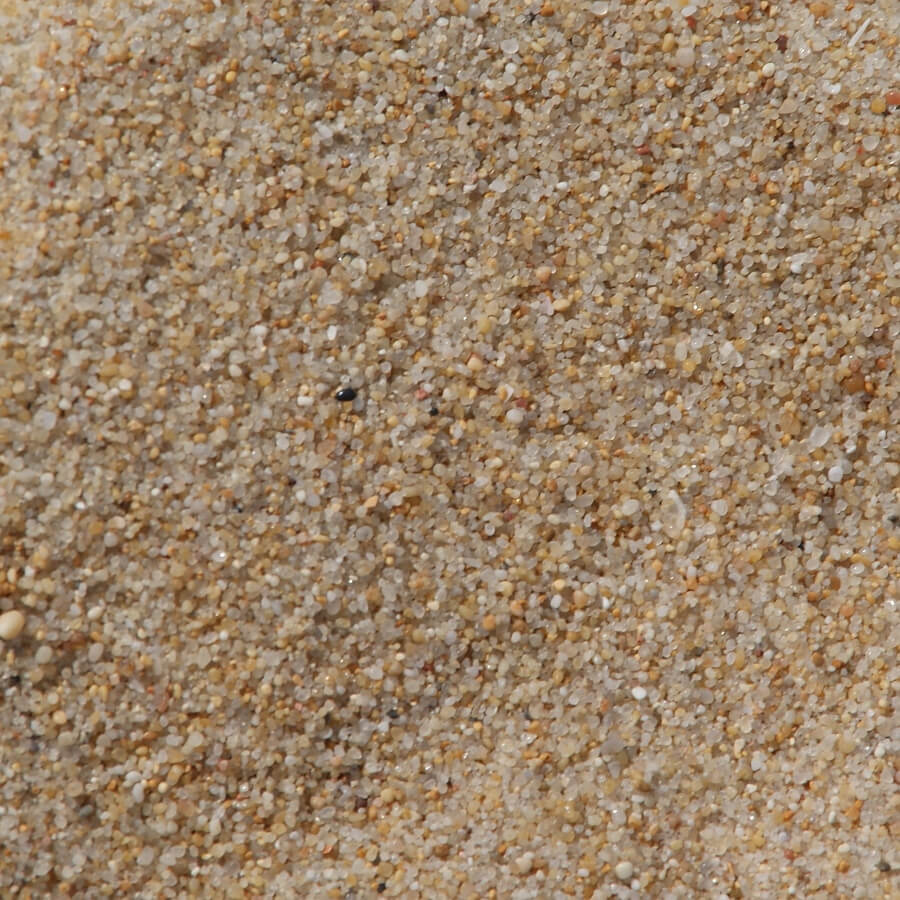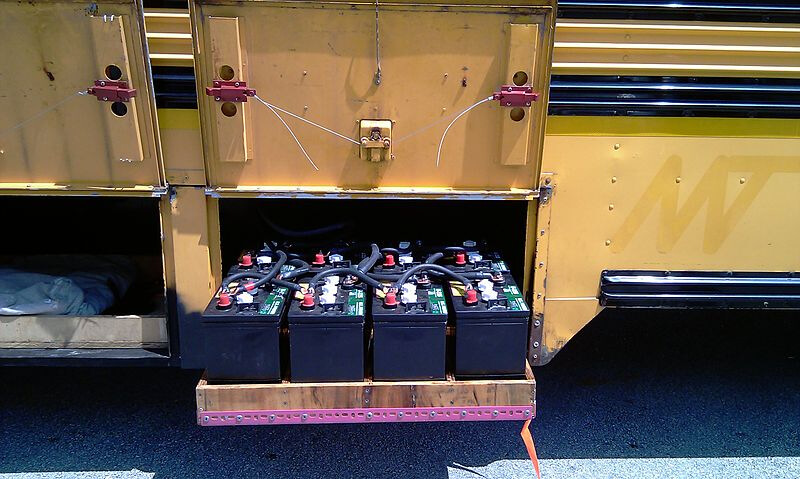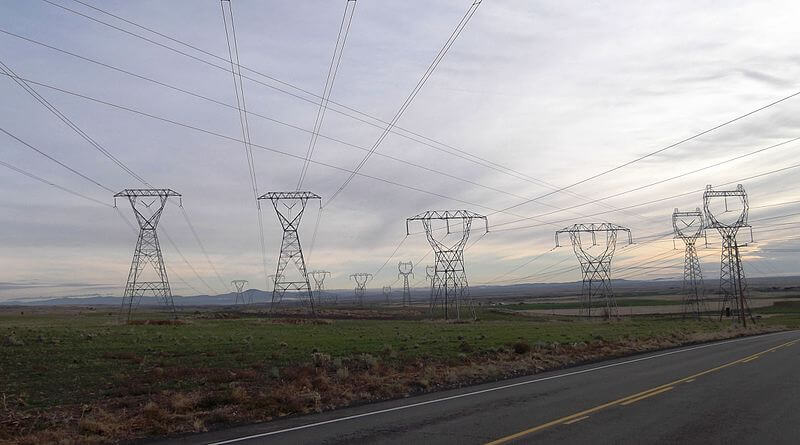In recent times, the contribution of solar energy has grown significantly. Solar energy has emerged as one of the most popular non-conventional sources of energy. The most common way solar energy is harnessed is through the use of solar panels. Solar panels are the most important component of any solar system. This article tells you about the materials used for making solar panels, answer some frequently asked questions regarding their manufacturing process and their impact on the environment.
Materials used for making solar panels
The following are the components of a solar panel:
- Solar cells
- Glass
- EVA
- Backsheet
- Frame
Silicon – Solar Cells and Wafers

The most important component of any solar panel is the solar cell. Solar cells are made of 99.99 percent pure silicon crystals. Silicon is the most important raw material used in solar panels. These silicon crystals are derived from one of the most abundant materials on earth which is – sand. It requires a complex purification process to convert sand into pure silicon crystals. This process requires sand to be mixed with carbon and subjected to temperatures upto 2000 degree celsius. With this process, the raw silicon gets converted into a gaseous silicon compound form. This is later mixed with hydrogen to obtain a highly purified polycrystalline silicon. The silicon ingots, thus obtained, are reshaped and turned into very thin slices of silicon, which are known as silicon wafers. This is the heart of a photovoltaic cell.
EVA

A solar panel consists of several layers. There is a layer of solar cells, which are connected in series through copper strips. Apart from the solar cells, there is a layer of EVA (Ethylene vinyl acetate) sheeting. EVA is a thermoplastic polymer with good radiation transmission. Moreover, it enjoys a low degradability to sunlight. Hence, it is used in solar panels as an encapsulating agent, as it seals and insulates the solar cells. It protects the solar cells against dirt, humidity, vibrations, and shocks.
Glass and Backsheet
The solar cells of a solar panel usually consist of a glass layer on the front and a protective back sheet on the rear. However, the newer solar panels with bifacial designs have solar cells, which are exposed on both the front and back sides of the panels. As such, they do not require back sheets.
Frame
Frame- is another important component of a solar panel. Frames are usually made of steel, as it is sturdy, durable, and can hold the panel together. However, these days, manufacturers are deciding to go frameless. Instead of putting on a frame, they either use sturdier back sheets or simply sandwich solar cells between two pieces of glass.
Types of solar panels and the materials used in them
Ground-mounted and rooftop installations usually come in two main types of solar panels – thin-film and crystalline silicon.
1. Thin-film solar panels
Most of the thin-film solar panels consist of silicon thin-film solar cells, but cadmium telluride solar cells and copper indium gallium selenide (CIGS) are also available in the market. Cadmium telluride thin-film solar panels produce electricity by using a thin film of cadmium telluride. On the other hand, CIGS thin-film solar panels make use of semiconductor layers of CIGS to absorb sunlight and convert it into electricity. CIGS panels are, however, in the early stages of commercialisation.
2. Crystalline Silicon solar panels
The use of crystalline silicon solar panels is far more widespread than thin-film solar panels. Crystalline silicon panels have black or blue rectangular grids, comprising of smaller square shaped cells. There are two different types of crystalline silicon solar panels – monocrystalline panels and polycrystalline panels. Monocrystalline panels have a more complex production process, making them costlier and contributing to their more limited use.
1. Monocrystalline Panels
Monocrystalline silicon solar panels are created by growing a single crystal. In these panels, a uniform blue colour is produced by the crystal framework, without any grain marks. This gives monocrystalline silicon cells the highest levels of efficiency and purity.
2. Polycrystalline Panels
In making polycrystalline solar cells, molten silicon is poured into a cast. This method of construction, however, creates an imperfect crystal structure. It gives rise to randomly oriented crystals, with clearly visible boundaries where the crystal formation is broken. Due to these impurities, there is a lower efficiency of these modules. The cost of polycrystalline panels is also lower than the monocrystalline panels.
Frequently Asked Questions
Can solar panels be recycled?
Yes, solar panels can be recycled. Silicon solar panels primarily consist of glass, plastic, and aluminium. All these materials are recyclable and are recycled in mass quantities. However, the process of recycling is not very simple. It requires the use of advanced machinery. Following are the steps involved in the recycling of a silicon-based solar panel:
- The aluminium frame needs to be removed. The aluminum can be reused or sent to a scrap unit for recycling.
- The glass can be separated from the panel along a conveyor belt. It is 95 percent reusable.
- Thermal processing at temperatures as high as 500 degree celsius leads to the evaporation of small plastic components, allowing the cells to be easily separated.
- Silicon wafers are removed and are smelted into reusable slabs. These are 85 percent reusable.
As solar systems are becoming popular over time, disposing them in an environment friendly way is also becoming easier. There is a steadily maturing solar PV recycling market, especially in the First World nation-states.
Are solar panels environmentally friendly?
The Solar panel is the main component of a larger solar system, which serves to eliminate the dependency of any unit (household, office, community, etc.) on conventional energy sources. Even though manufacturing a solar panel requires the use of certain non-biodegradable components like plastic, in the long run, its environmental benefits are huge by cutting down on carbon emissions. It can reduce the carbon footprint of a household by 80 percent in a single year. As stated above, solar panels, are also recyclable. They also do not require a lot of maintenance, thus eliminating the need for repairs and replacement of components. Thus, in this way, you do not generate a lot of environmentally unfriendly waste. All of these factors make solar panels environment- friendly. They have a much larger impact in offsetting environmental impact than one can think of.
Conclusion
In this article, therefore, we provided you with a list of raw materials required to make a solar panel. Further, we discussed the various kinds of solar panels which can be found in the market, and the components used in each one of them. We also answered some of the frequently asked questions regarding the recyclability and environment-friendliness of the solar panels. We hope that this article answers all questions regarding solar panels, thereby helping you make an informed decision about installing a solar system at your home or office.
- 300 Watt Solar Panel Prices in India: 2023 - March 8, 2023
- 500 Watt Solar Panel Prices in India: 2023 - March 5, 2023
- Loom Solar Panel Price: 2023 - February 19, 2023



